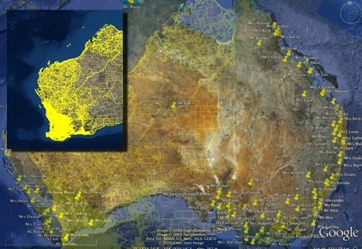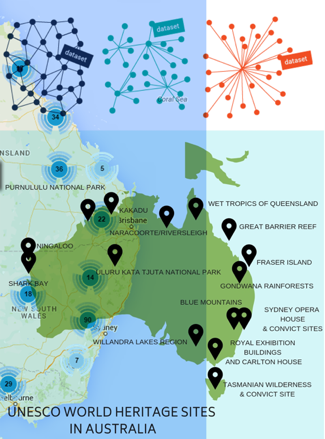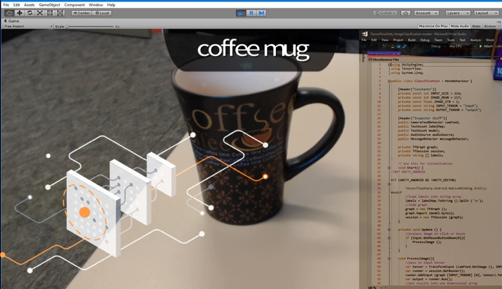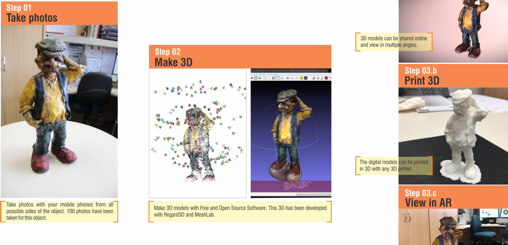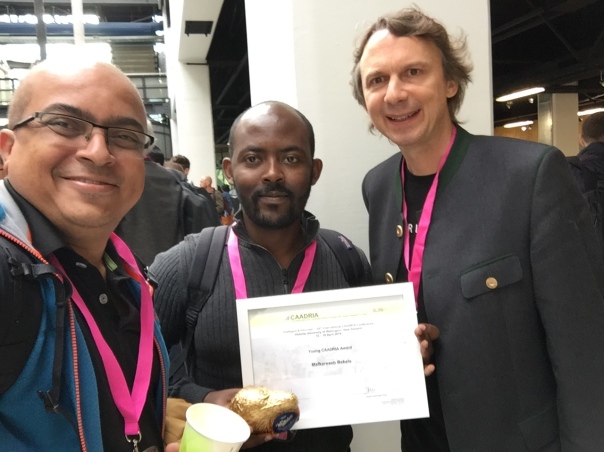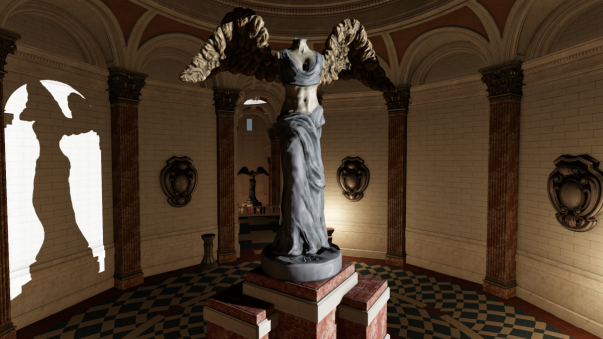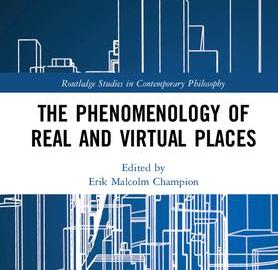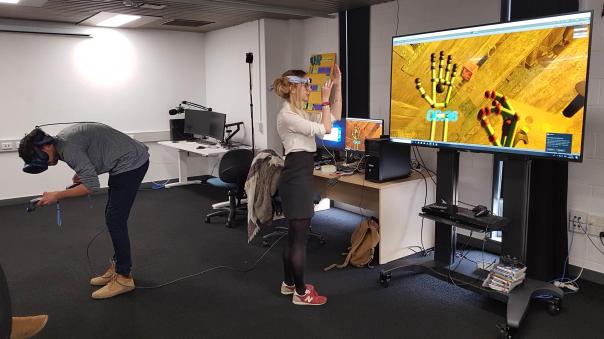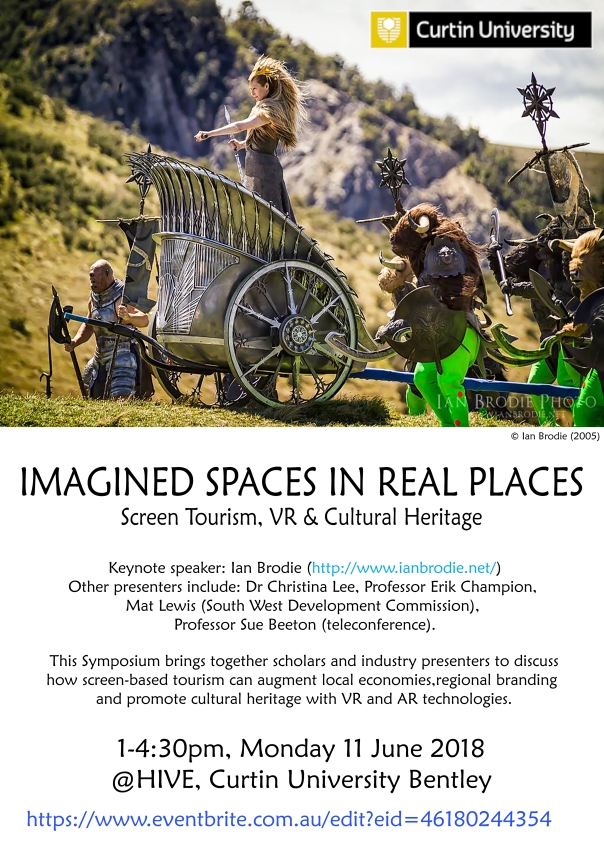A Comparison of Immersive Realities and Interaction Methods: Cultural Learning in Virtual Heritage
by Mafkereseb Kassahun Bekele and Ear Zow Digital
Open access article in Frontiers in Robotics and AI, 24 September 2019 | https://doi.org/10.3389/frobt.2019.00091
In recent years, Augmented Reality (AR), Virtual Reality (VR), Augmented Virtuality (AV), and Mixed Reality (MxR) have become popular immersive reality technologies for cultural knowledge dissemination in Virtual Heritage (VH). These technologies have been utilized for enriching museums with a personalized visiting experience and digital content tailored to the historical and cultural context of the museums and heritage sites. Various interaction methods, such as sensor-based, device-based, tangible, collaborative, multimodal, and hybrid interaction methods, have also been employed by these immersive reality technologies to enable interaction with the virtual environments. However, the utilization of these technologies and interaction methods isn’t often supported by a guideline that can assist Cultural Heritage Professionals (CHP) to predetermine their relevance to attain the intended objectives of the VH applications. In this regard, our paper attempts to compare the existing immersive reality technologies and interaction methods against their potential to enhance cultural learning in VH applications. To objectify the comparison, three factors have been borrowed from existing scholarly arguments in the Cultural Heritage (CH) domain. These factors are the technology’s or the interaction method’s potential and/or demonstrated capability to: (1) establish a contextual relationship between users, virtual content, and cultural context, (2) allow collaboration between users, and (3) enable engagement with the cultural context in the virtual environments and the virtual environment itself. Following the comparison, we have also proposed a specific integration of collaborative and multimodal interaction methods into a Mixed Reality (MxR) scenario that can be applied to VH applications that aim at enhancing cultural learning in situ.


